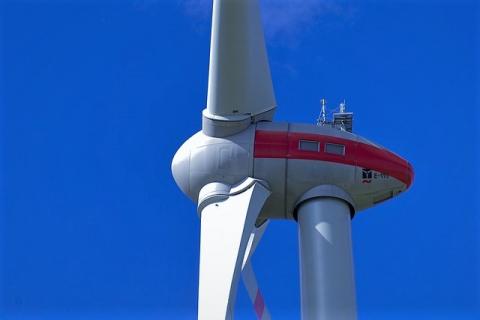
Region: South Asia (SA)
Country: India
Sector: Energy and Power
Keywords: Knowledge Lab ***, Wind power, Energy and Power, Pre-feasibility study
Document Link(s):
Document(s):
Document Summary:
The paper presents the pre-feasibility study for an offshore wind farm development in Tamil Nadu, India.
Document Details:
This desktop study offers a preliminary overview of the potential for offshore wind development in the Indian state of Tamil Nadu. Completed under Work Package 1 of the FOWIND (Facilitating Offshore Wind in India) project; technical, financial, social and environmental parameters were considered to identify eight potential zones for further study. Further high level technical, financial and social-environmental studies were conducted focusing on key offshore wind project components. A parallel study has been completed for the state of Gujarat.
Globally, the offshore wind power industry is maturing and increasingly coastal countries are utilising this new, indigenous and carbon neutral source of energy. For a relatively young industry relying on considerable investment, research and development activity is spurring progress in leaps and bounds, leading to ever better economic prospects and improving the energy security of coastal states.
India, with a vast coastline of over 7,600 km is beginning to explore offshore wind energy as a ‘strategic energy source’ to enable long term energy security.
This pre-feasibility study relies on documented international experience and proven characteristics of offshore wind energy technology to suggest plausible options for the Indian market.
Key findings formulated during the course of this pre-feasibility study are summarised as follows:
-
Wind Resource – to date no publically available on-site wind measurements have been made available within the Tamil Nadu offshore zone;
-
Zone Selection – eight zones have been identified with mean wind speeds in the range of 7.1 to 8.2 m/s (at 120 m AGL) and water depths in the range of 10 to 53 m below LAT;
-
Turbine Selection – predicted extreme typhoon wind conditions meant Class I, II or S wind turbines were taken forward for further investigation;
-
Energy Yield – for the eight zones and calculated wind speeds Project Net Capacity Factors were estimated in the range of 22.8 % and 40.4 % (depending on the particular zone, MW capacity of the farm and the turbine MW capacity);
-
Foundations – monopile, jacket and tripod foundations would be likely choices to take forward for the next stage of investigation;
-
Electrical – grid infrastructure already supports the highest capacity of onshore wind turbines of any Indian state, outages and overloading is experienced during peak load times which means expansion and improvement will be required to accommodate offshore production;
-
Installation – the preliminary screening study has identified 3 ports with some potential. Vessel availability in the region is limited and not optimised for offshore wind. The consortium recommend that site-specific transportation and installation planning is conducted during the early project development stages;
-
Operations & Maintenance – it is assumed that all the first offshore wind projects in India will use an O&M strategy based on work boat access;
-
Cost of Energy – wind resource is the most significant factor affecting offshore wind Cost of Energy (COE);
- Risks – the greatest risks highlighted for the pre-feasibility study are associated with the limited data available for the assessment. Where data were available, it is subject to high uncertainty. Specifically data relating to the following key areas: offshore wind resource, metocean climate, geotechnical conditions and grid connection;
Updated: April 12, 2022